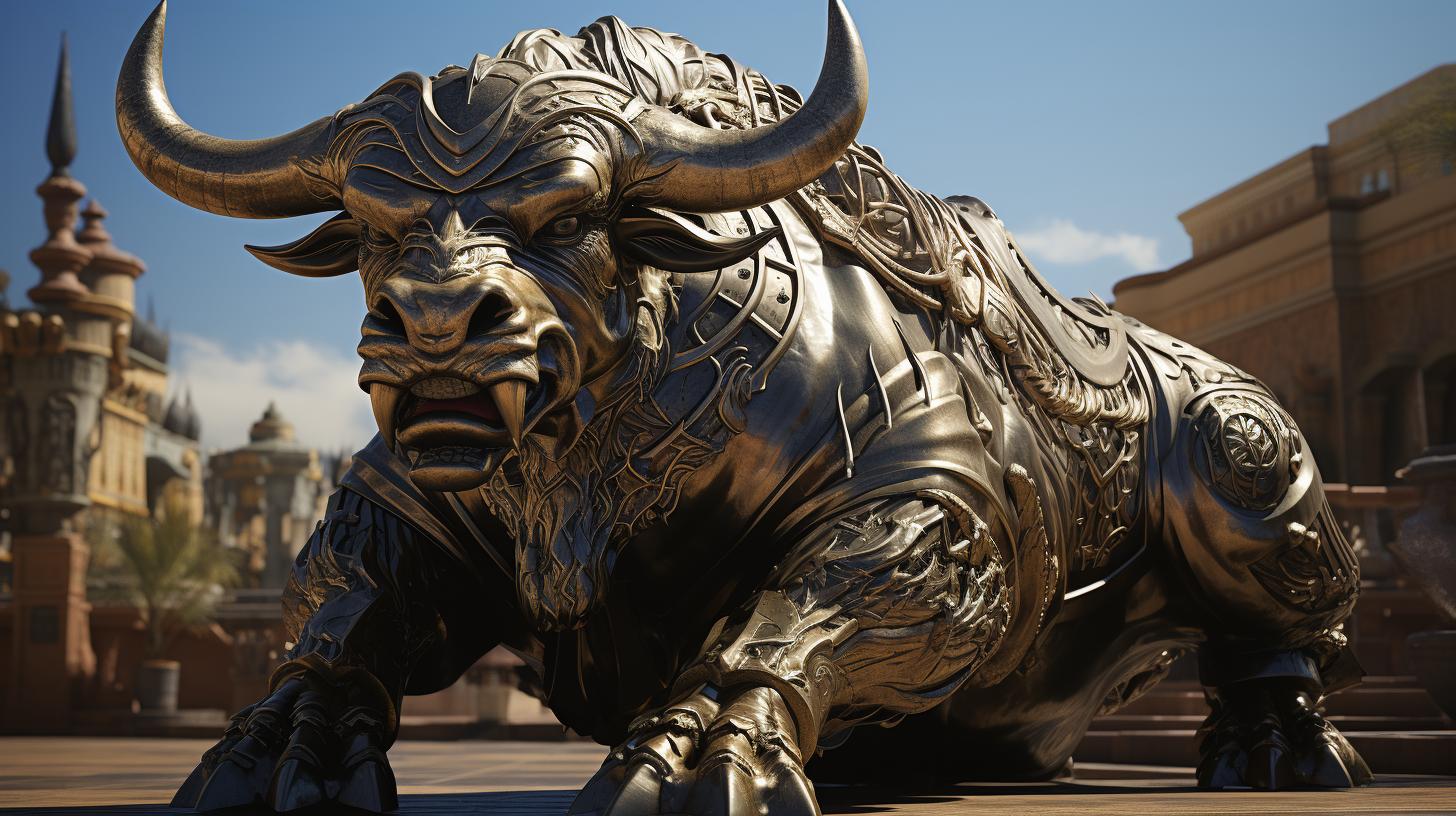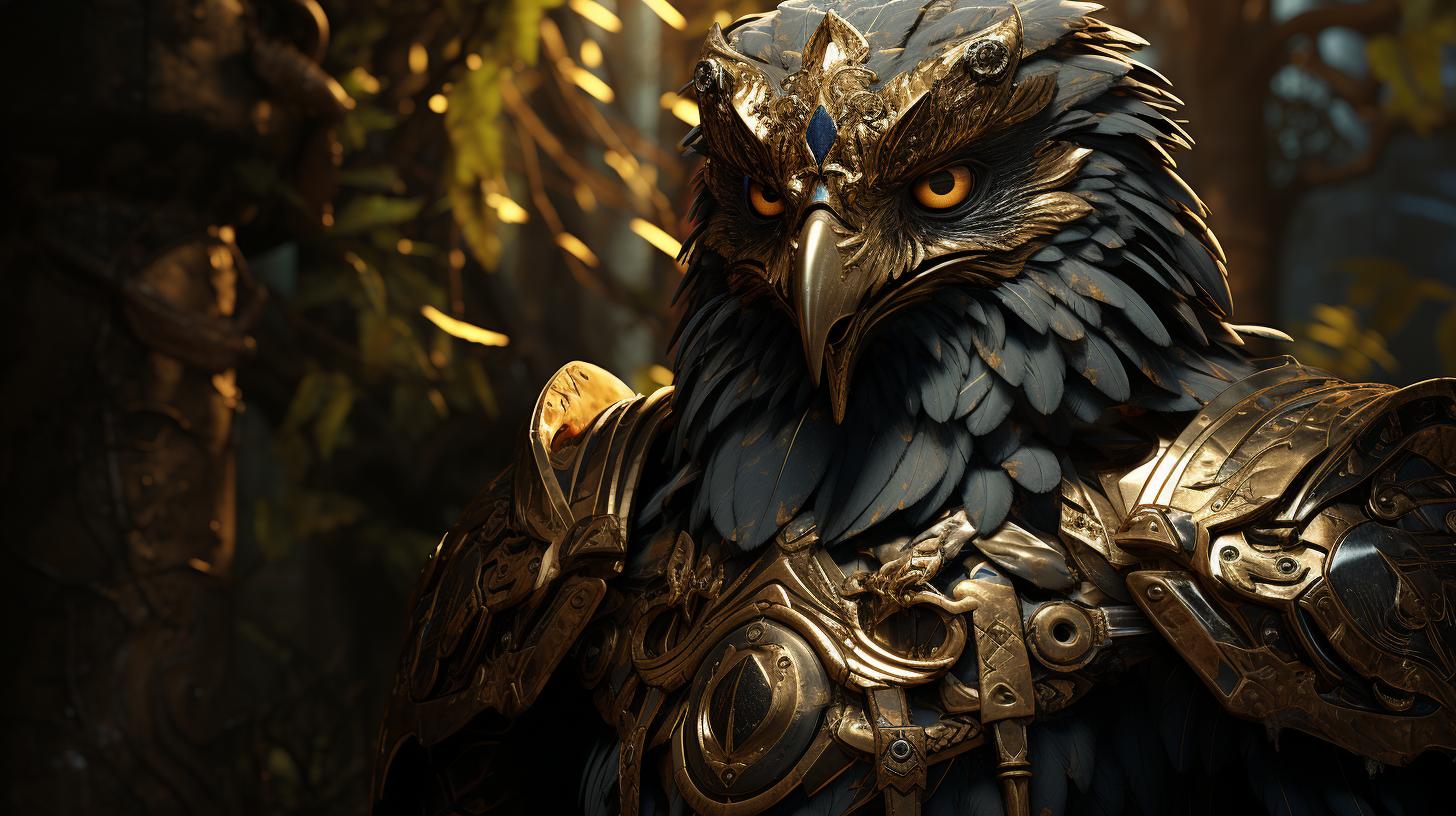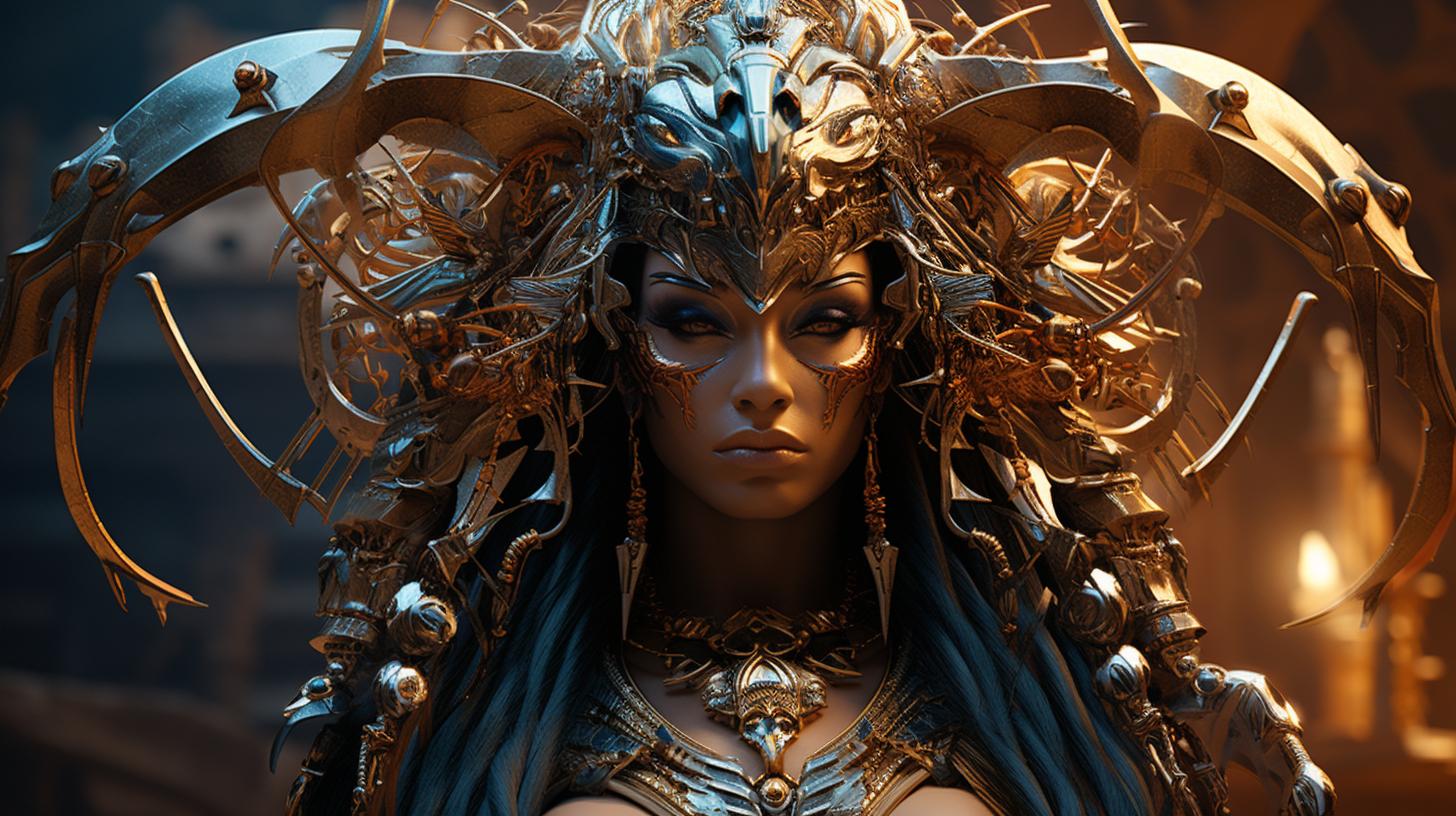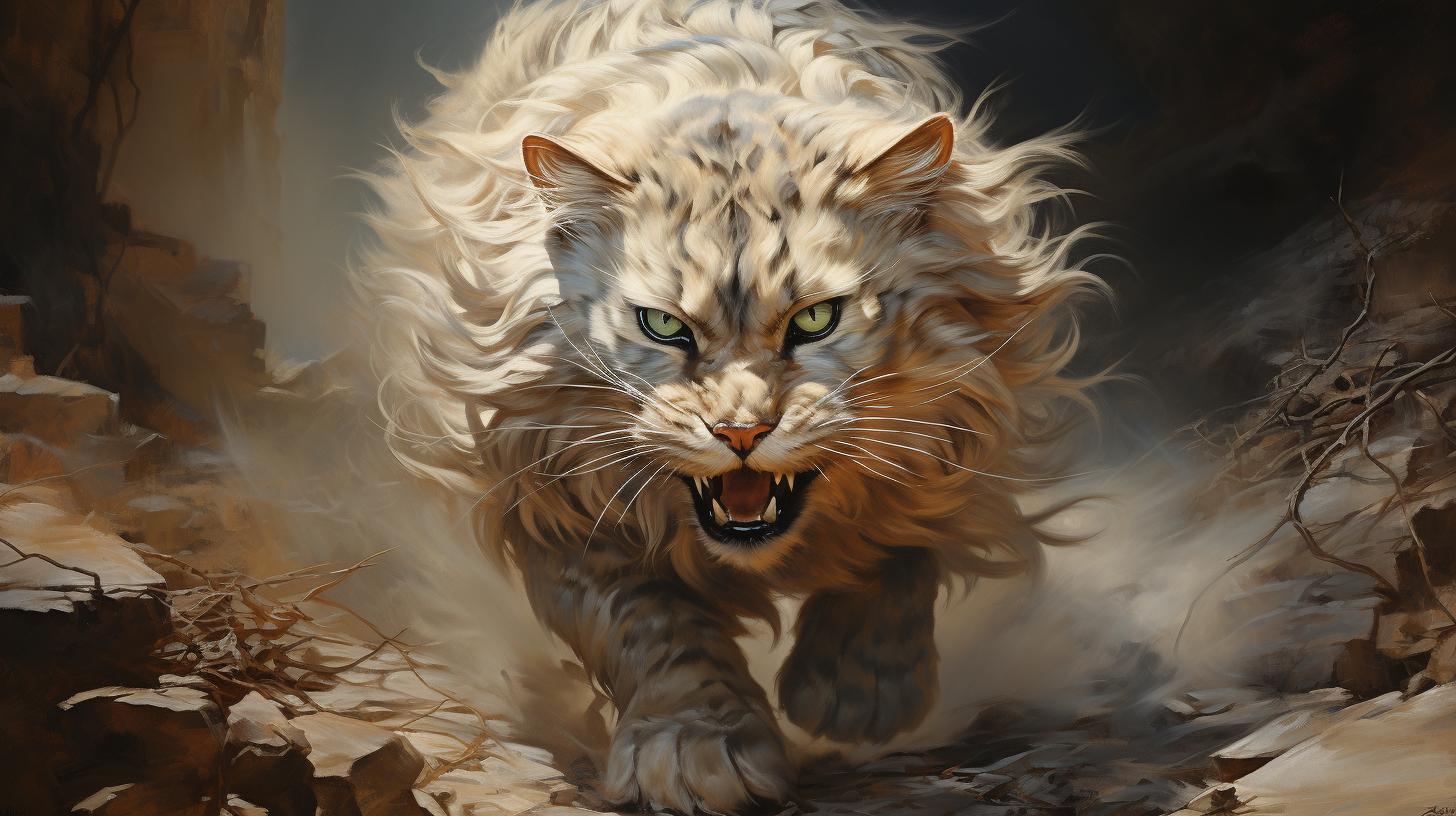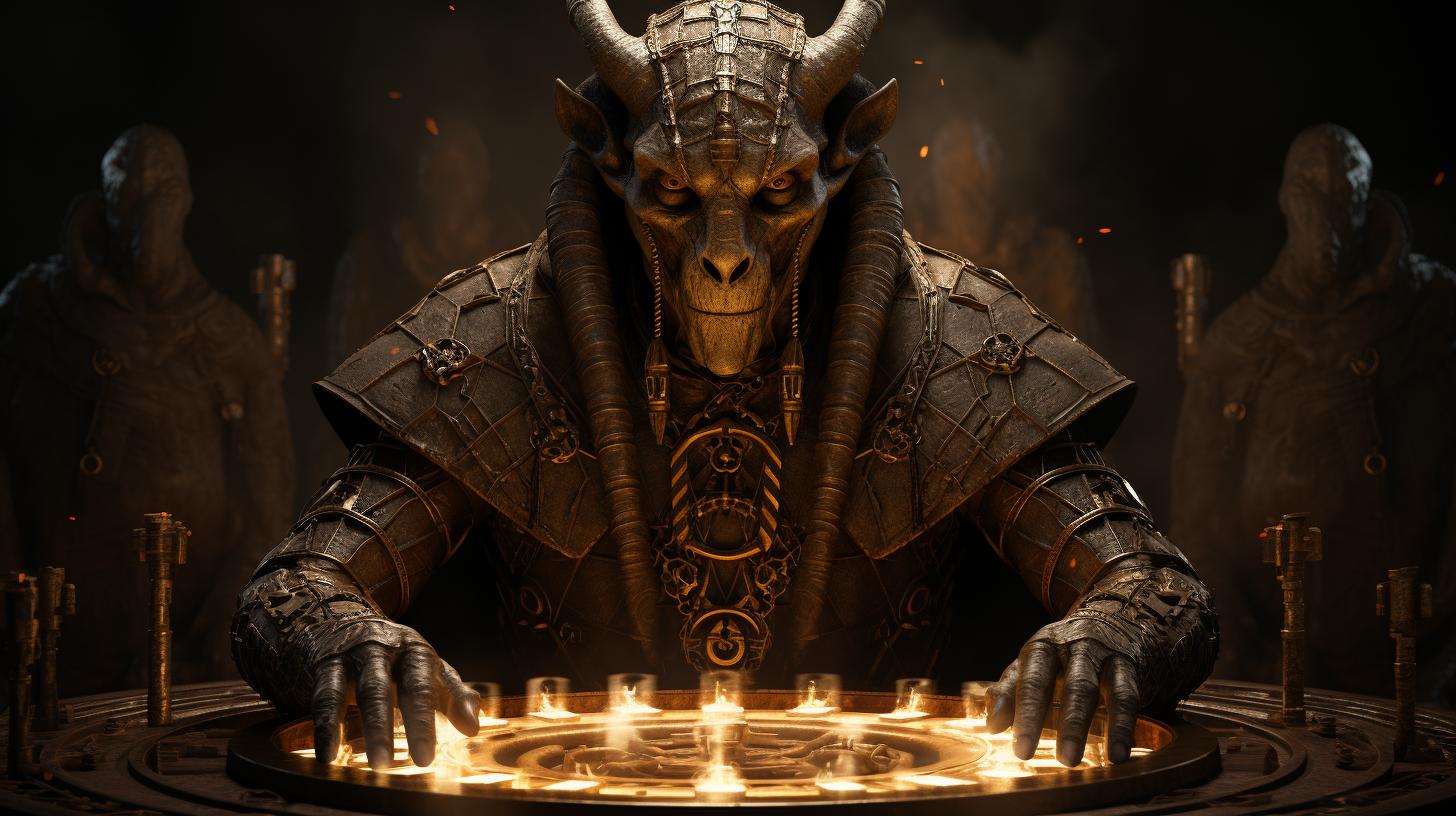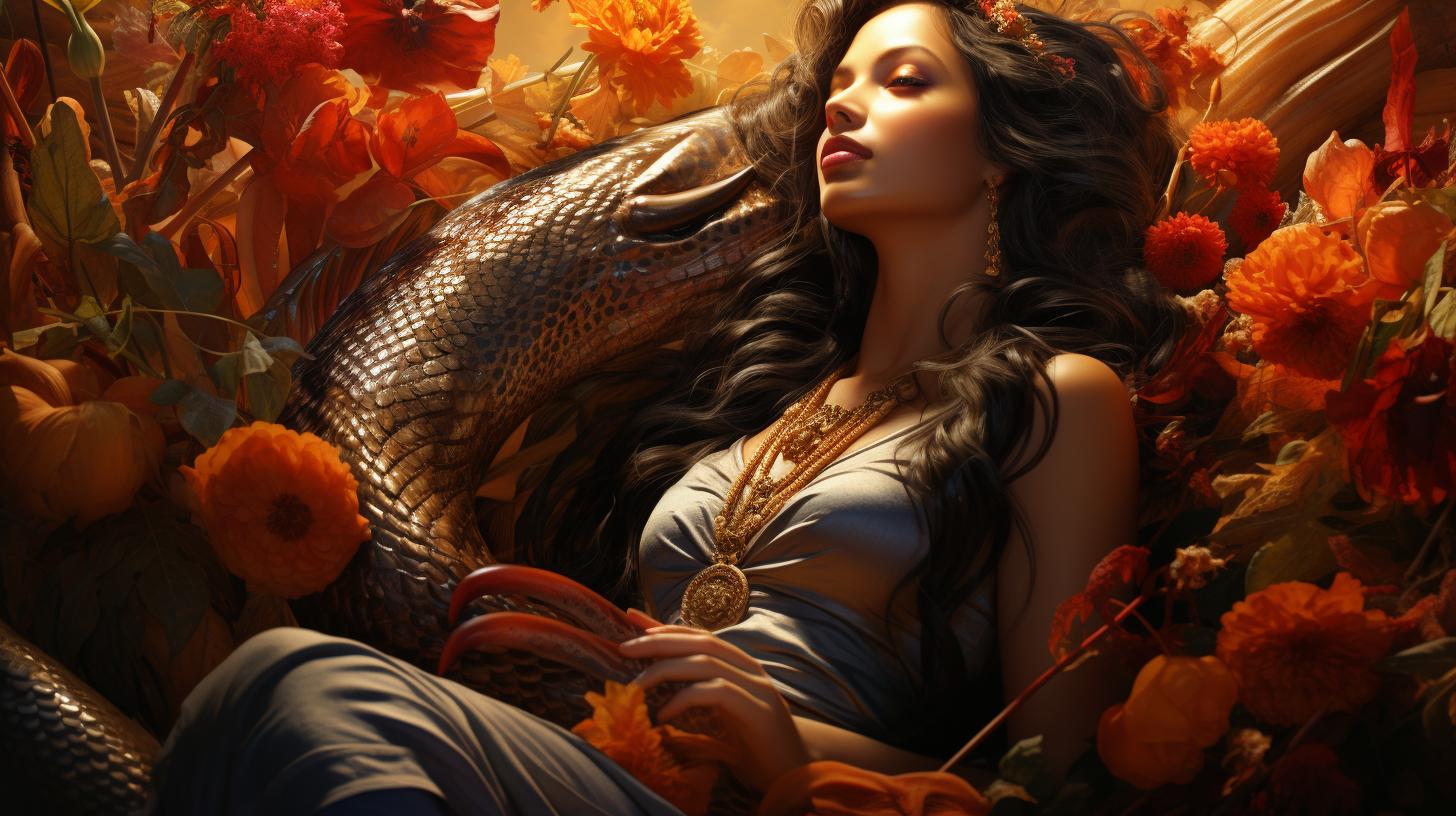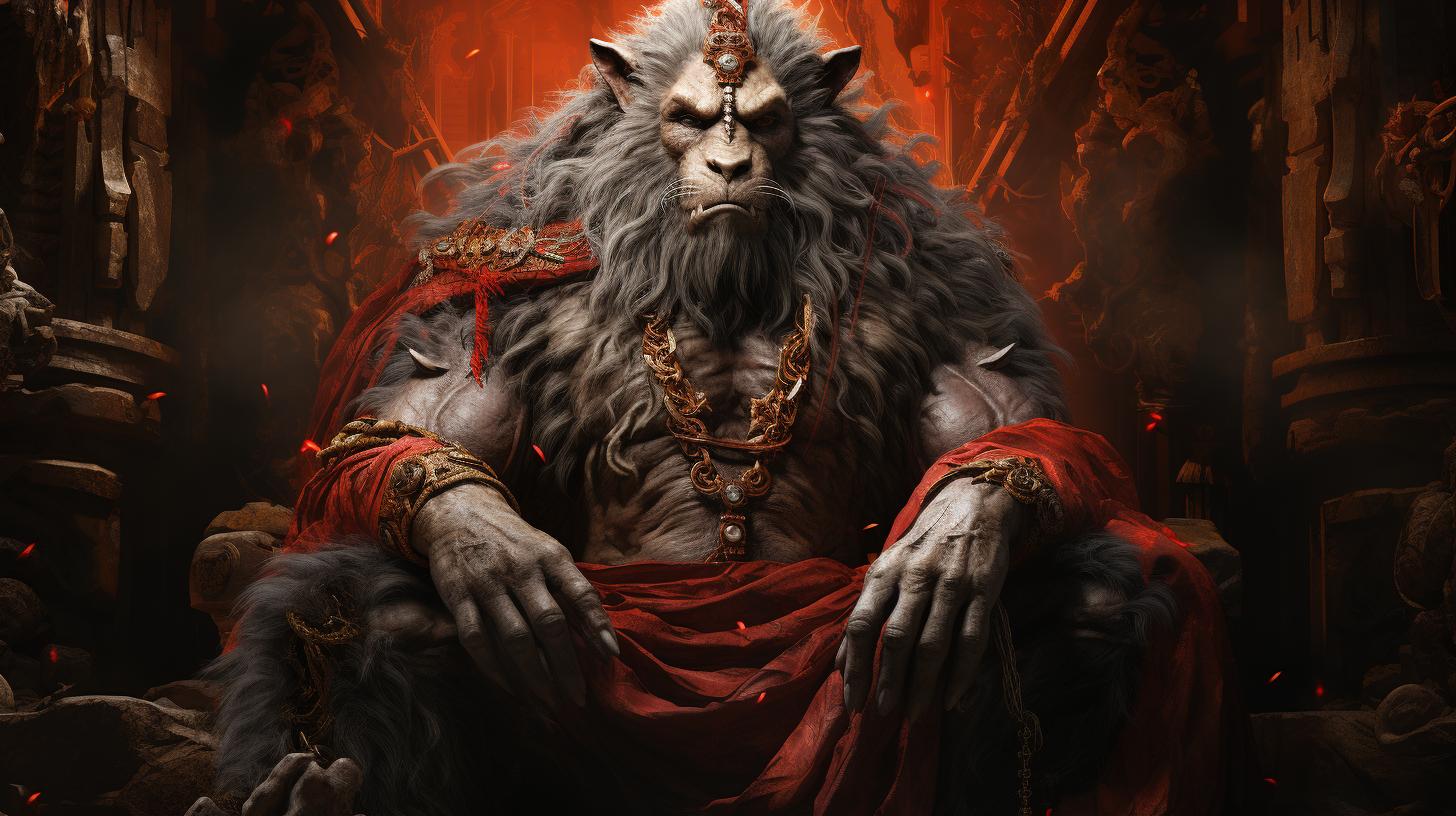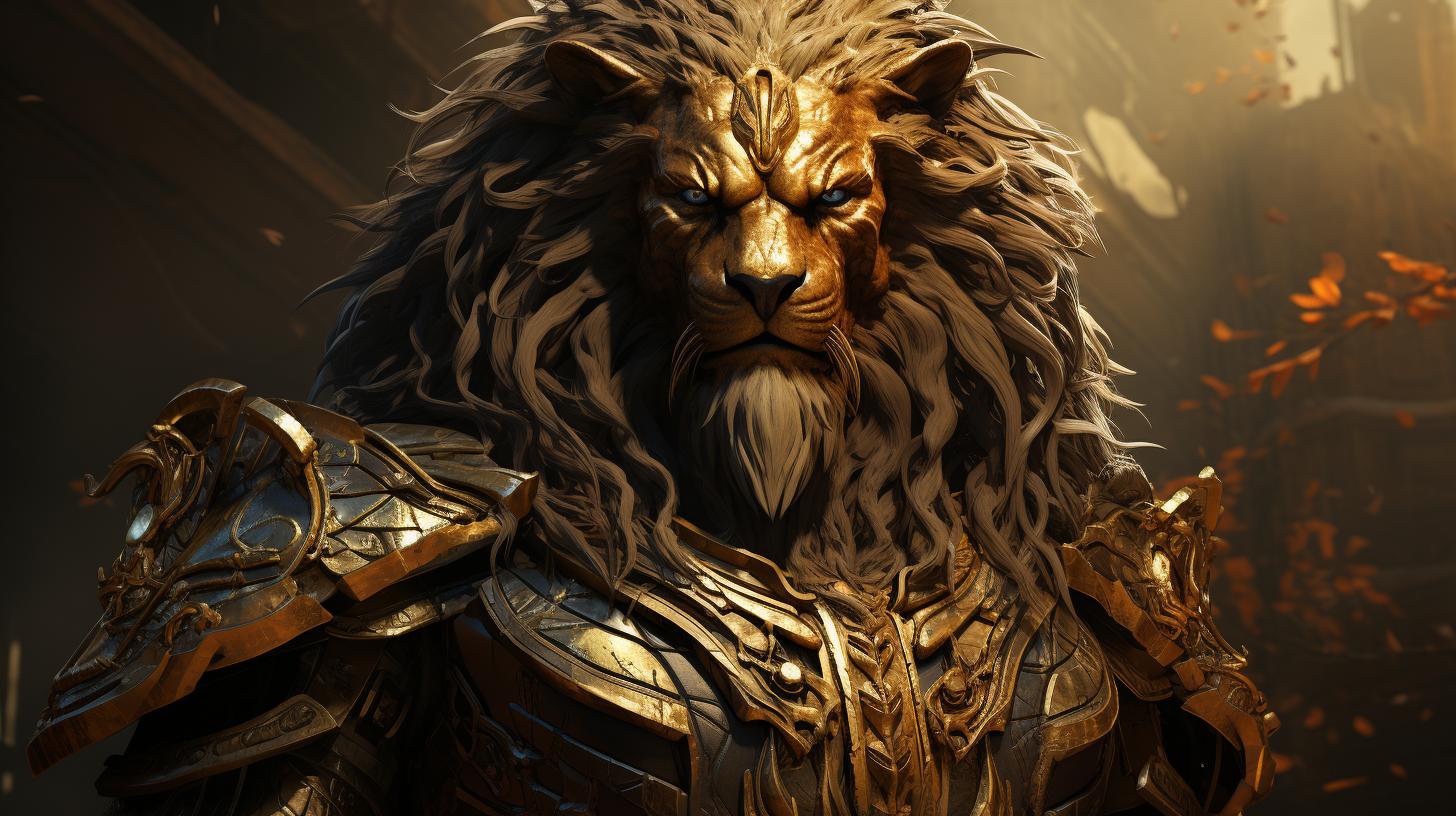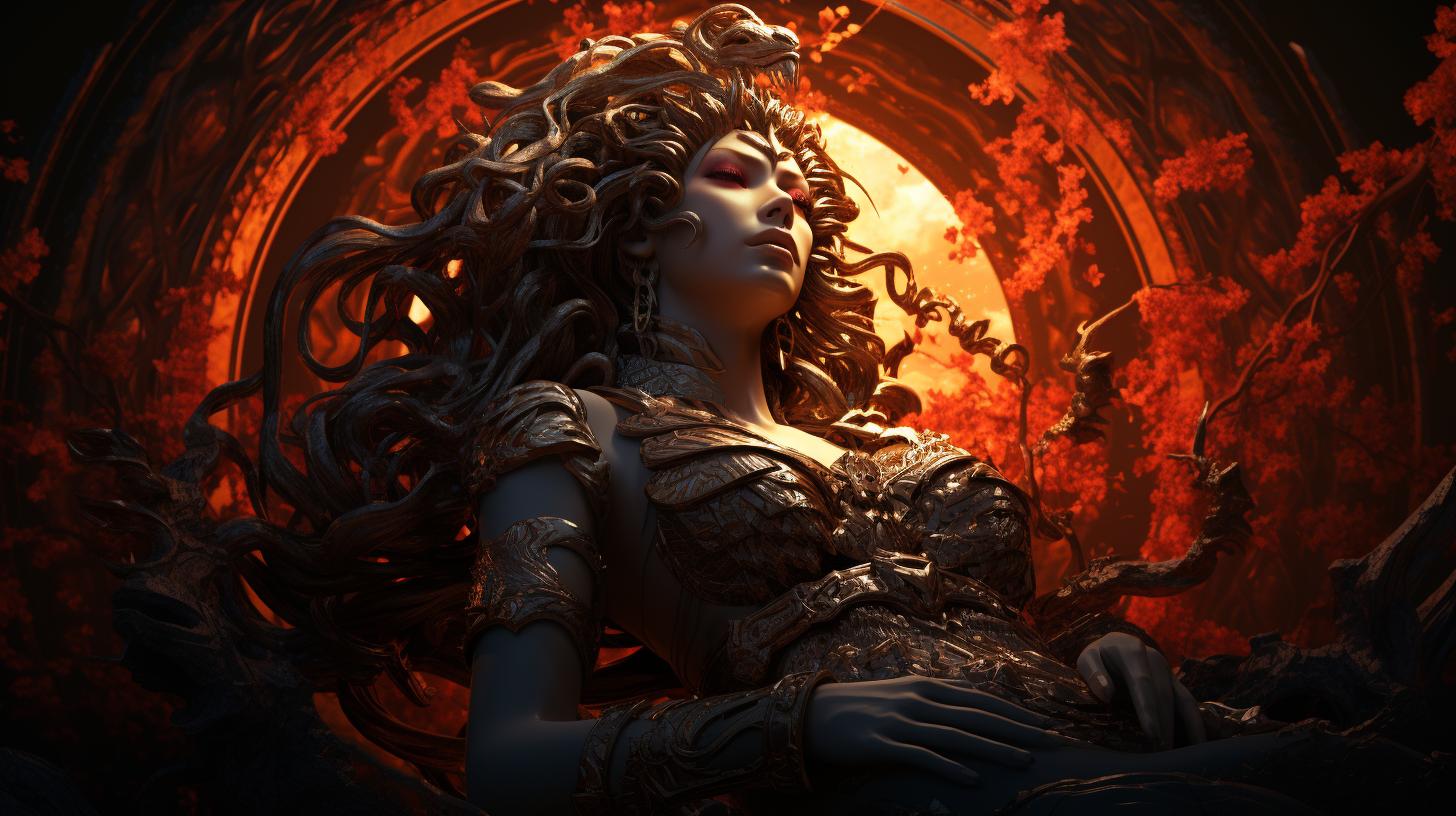Mnevis: Insight into the Egyptian God and its significance in Ancient Egypt
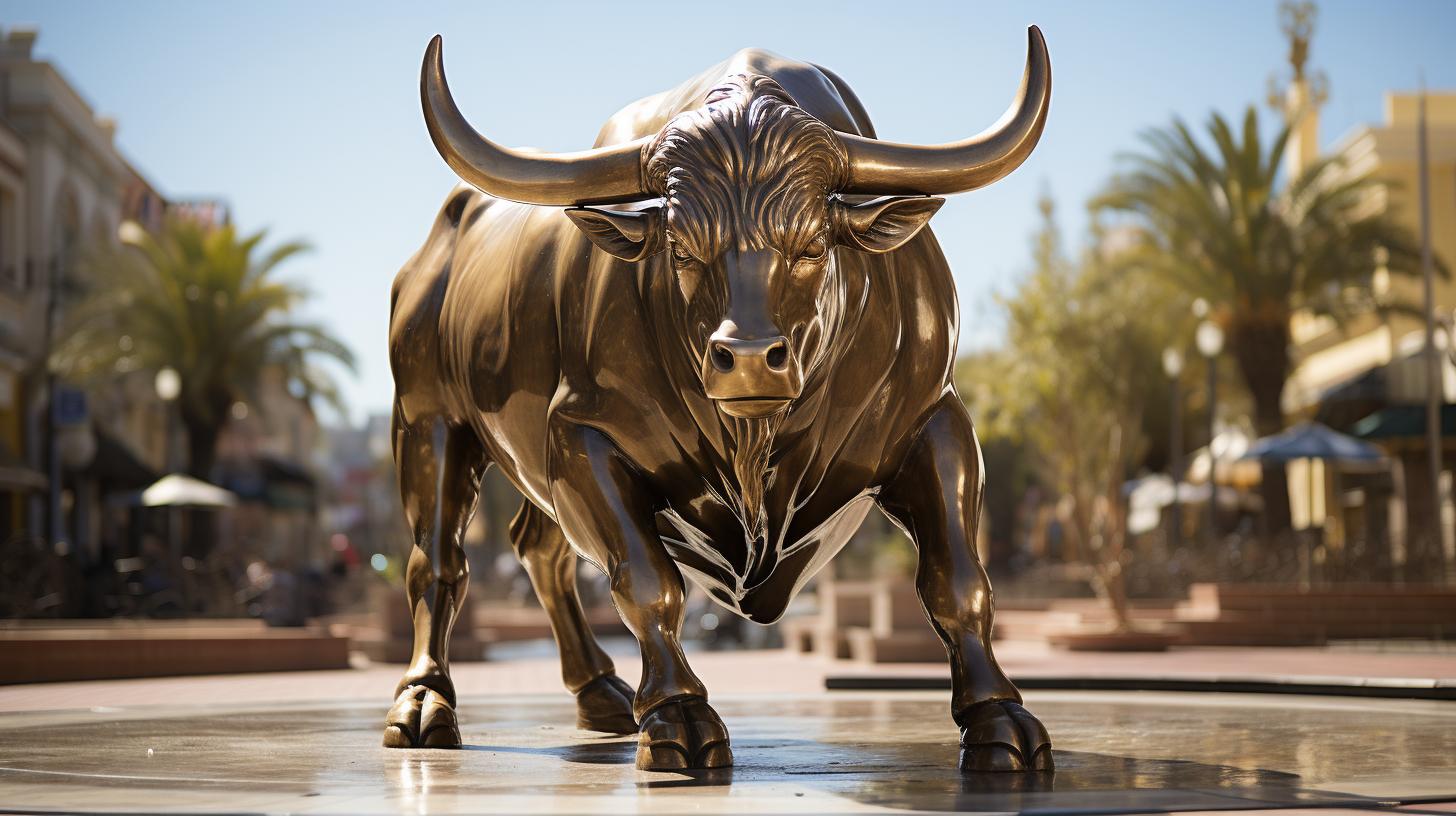
The ancient Egyptian religion was a complex system of beliefs and rituals that revolved around the interactions of the Egyptians with numerous deities. The pharaoh served as the intermediary between the people and the gods, maintaining their favor through rituals and offerings to uphold cosmic order and ward off chaos.
One significant deity in this pantheon was Mnevis, also known as Menuis, the sacred bull worshipped in Heliopolis. Representing the embodiment of the solar god Re-Atum, Mnevis held associations with fertility, strength, and solar power, acting as a link between gods and humans.
The cult of Mnevis involved rituals, festivals, and even oracular consultations with the divine bull. Following its death, Mnevis was mummified and buried in a specialized necropolis near Heliopolis. However, the worship of Mnevis declined in the New Kingdom and was eventually suppressed by Christianity during the Roman period.
Ancient Egyptian Religion
The ancient Egyptian religion was a complex system of beliefs and rituals that revolved around the interactions between the Egyptians and numerous deities. It played a central role in their society and was deeply integrated into their daily lives.
Beliefs and Rituals
The ancient Egyptians believed in a polytheistic system, where they worshipped multiple gods and goddesses who governed various aspects of life, such as fertility, agriculture, and the afterlife. They believed in the existence of an eternal soul and the concept of Ma’at, which was the balance and harmony that needed to be maintained in the world.
These beliefs were reflected in their rituals and ceremonies. Rituals were performed to show respect and devotion to the gods, seeking their favor and blessings. These rituals included prayers, offerings, and elaborate ceremonies conducted by priests and priestesses.
Role of Pharaoh as Intermediary
In the ancient Egyptian religion, the pharaoh held a crucial role as the intermediary between the gods and the people. They were believed to be the incarnation of the falcon-headed god Horus and were responsible for maintaining the cosmic order and harmony on behalf of the gods.
The pharaoh performed rituals and made offerings on behalf of the entire kingdom to appease the gods and maintain the balance in the universe. Their rule was seen as essential for the prosperity and well-being of Egypt.
Importance of Maintaining Cosmic Order
The ancient Egyptians believed that the world operated based on a delicate balance between cosmic order and chaos. Ma’at, the goddess of truth and justice, symbolized this cosmic order, and it was the responsibility of both the pharaoh and the people to uphold it.
By performing rituals and offering sacrifices, the Egyptians sought to please the gods and ensure the continuation of Ma’at. They believed that their actions directly influenced the balance between order and chaos in the world.
The maintenance of cosmic order was vital for the well-being of individuals, society, and the entire universe. Any disruption to this balance could lead to disaster, famine, or other calamities.
- Temple rituals conducted by the priests
- Offerings made to the gods
- Prayers for blessings and guidance
Mnevis: The Sacred Bull of Heliopolis
Mnevis, the sacred bull, held great significance in the ancient city of Heliopolis.
This revered animal was closely associated with the powerful solar deity, Re-Atum. Let’s explore the various aspects related to Mnevis and its divine role within the Egyptian pantheon.
Identification with Re-Atum
Mnevis was considered a living manifestation of Re-Atum, the god of the sun. Represented as a spotted or black bull with a radiant solar disk positioned between its horns, Mnevis symbolized the solar power and divine authority that Re-Atum held over the heavens and the earth.
This divine connection elevated the sacred bull to a position of great reverence among the ancient Egyptians.
Symbolism of Strength, Fertility, and Solar Power
The symbolism associated with Mnevis extended beyond its identification with Re-Atum. The bull was believed to embody qualities of strength, fertility, and potent solar energy. Its robust physical form represented the power of creation and the ability to bring forth new life.
Additionally, Mnevis was seen as a celestial force that rejuvenated the sun each day, ensuring the continued existence of the cosmos.
Association with Solar Deities
Mnevis shared a close association with other solar deities in the Egyptian pantheon. It was mentioned in connection with revered gods like Ra, the sun god; Khepri, the scarab beetle god of sunrise; and Atum, the creator deity.
These associations reinforced the bull’s divine status and emphasized its pivotal role in the solar cults and religious practices of ancient Egypt.
The Cult of Mnevis
The cult of Mnevis revolved around the worship and reverence of the sacred bull in Heliopolis. It held significant origins and deep-rooted significance within ancient Egyptian society. This section explores the different aspects associated with the cult, including their rituals, festivals, and the bull’s role as an oracle.
Origins and Significance
The origins of the Mnevis cult can be traced back to the ancient Egyptian period, where it gained prominence as a symbol of strength, fertility, and solar power.
The bull was considered a conduit, bridging the gap between the human realm and the divine. Worshipers believed that by honoring and appeasing Mnevis, they contributed to maintaining the cosmic order.
Participation in Rituals and Festivals
Rituals and festivals played a crucial role in the cult of Mnevis. Devotees engaged in various ceremonies to express their devotion and seek blessings from the divine.
These rituals included offerings and prayers conducted by priests and worshipers alike. Festivals dedicated to Mnevis offered an opportunity for the community to come together and celebrate the presence of the deity in their lives.
Consultation as an Oracle
One notable aspect of the cult of Mnevis was the bull’s role as an oracle. People sought guidance and insight from the sacred bull, believing it possessed the ability to communicate messages from the gods.
By observing the behavior and movements of Mnevis, priests would interpret the omens and deliver oracular predictions to those seeking answers.
Overall, the cult of Mnevis held a significant place in ancient Egyptian religious practices.
Its origins and symbolic associations, along with the participation in rituals and the consultation of Mnevis as an oracle, shaped the beliefs and interactions of worshipers with the divine.
Burial and Decline of the Mnevis Cult
The cult of Mnevis had a significant impact on the ancient Egyptian religious practices.
This section explores the burial rituals associated with the bull and the eventual decline of the Mnevis cult.
Mummification and Necropolis
Mnevis, being a sacred bull, held great importance in Egyptian religion. When Mnevis died, it was mummified according to elaborate funerary practices. The mummification process involved carefully preserving the bull’s body and adorning it with ceremonial items.
It was believed that by mummifying the bull, its divine essence could be preserved for eternity.
The mummified remains of Mnevis were then laid to rest in a dedicated necropolis near Heliopolis.
This necropolis served as the final resting place for the revered bull, and it held deep significance for the followers of the Mnevis cult. The necropolis was carefully maintained, and rituals and ceremonies were conducted to honor the bull even in death.
Decline during the New Kingdom
While the cult of Mnevis enjoyed prominence during the Old Kingdom, it faced a decline in the New Kingdom. The religious and political changes that accompanied this era brought a shift in focus towards other deities and religious practices.
The declining interest in the cult of Mnevis led to a decrease in its influence and worship.
During the New Kingdom, pharaohs began to associate themselves more closely with other gods and the sun cult of Aten.
This shift in religious focus further marginalized the significance of the Mnevis cult, leading to its eventual decline.
Suppression by Christianity in Roman Period
With the arrival of Christianity in Egypt during the Roman period, the ancient Egyptian religious practices, including the worship of Mnevis, faced suppression. The new religious beliefs and doctrines brought by Christianity led to the decline and eventual abandonment of many indigenous Egyptian religious cults, including the Mnevis cult.
Christianity became the dominant religion in Egypt, and its influence extended to the suppression of traditional religious practices. The temples and sanctuaries associated with the Mnevis cult were either destroyed or repurposed for Christian worship.
The suppression by Christianity marked the end of an era for the cult of Mnevis and its religious significance in ancient Egypt.
See also
In addition to exploring the fascinating aspects of Mnevis, there are other related gods and deities in Egyptian mythology that provide further insights into the ancient religion. These entities played significant roles in the belief system and worship practices of the ancient Egyptians.
Related Gods and Deities in Egyptian Mythology
1. Ra: The powerful sun god who was closely associated with Mnevis due to their shared link to solar energy and strength. Ra was considered the creator of the universe and the king of all deities.
2. Khepri: The scarab beetle god who represented transformation and rebirth. Khepri was often depicted as a beetle pushing the sun disk, much like how Mnevis symbolized the solar god.
3. Atum: The god of creation and the setting sun. Atum was believed to have given birth to the gods and the world and played a role in the mythology surrounding Mnevis as the sun god’s manifestation.
Temples and Cults of Ancient Egypt
1. Temple of Karnak: One of the largest religious complexes in Egypt, the Temple of Karnak was dedicated to the worship of various gods, including Amun-Ra, who shared similarities with Mnevis due to their solar associations.
2. Temple of Luxor: Located on the east bank of the Nile, the Temple of Luxor served as a significant religious site where festivals and rituals honoring various deities, including those linked to Mnevis, were conducted.
3. Cult of Amun: The Cult of Amun, centered in Thebes, grew to prominence during the New Kingdom period and played a vital role in the religious and political landscape of ancient Egypt.
Its connections to solar deities resonated with Mnevis worship.
Exploring the related gods and deities in Egyptian mythology, as well as the temples and cults of ancient Egypt, provides a deeper understanding of the broader religious context surrounding Mnevis and its significance in the ancient Egyptian pantheon.

